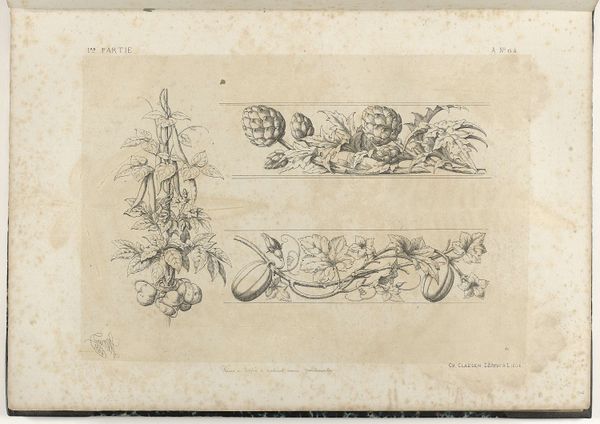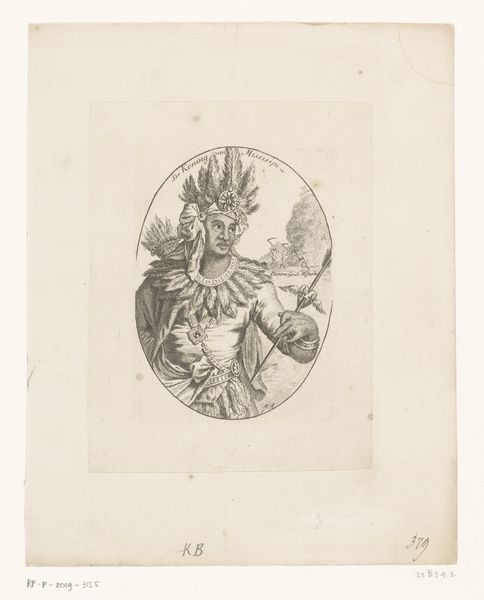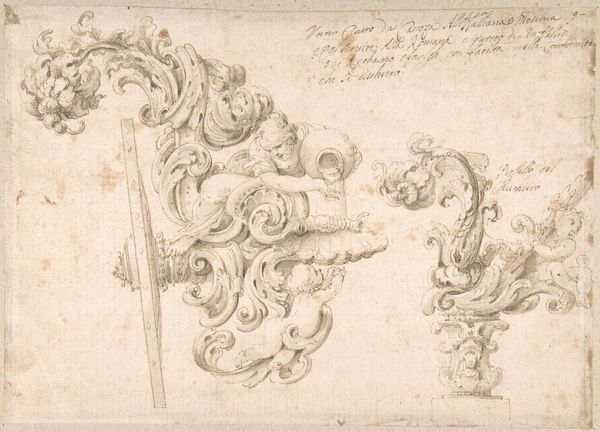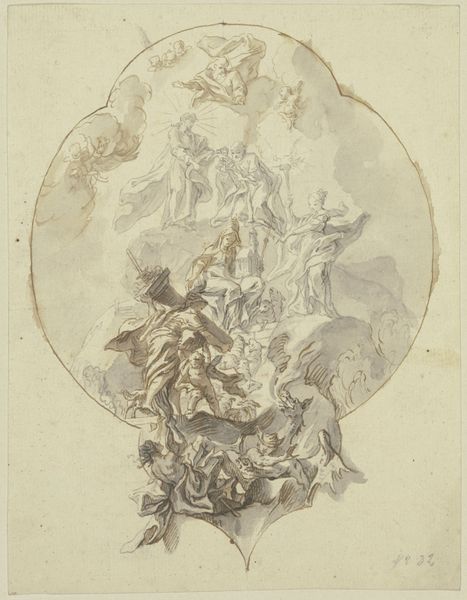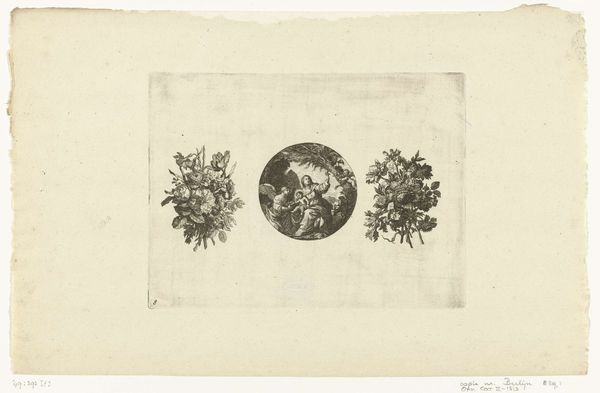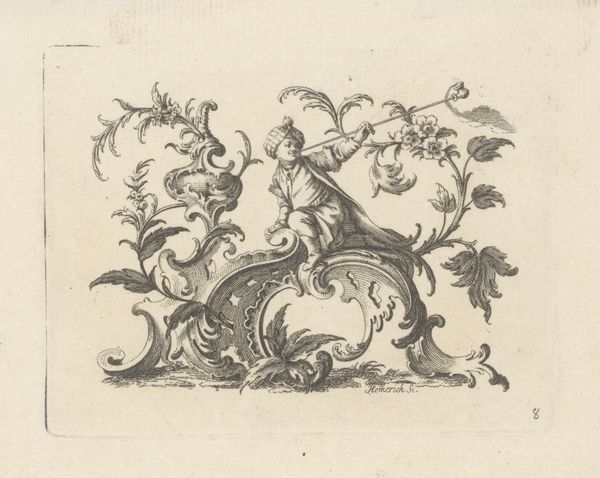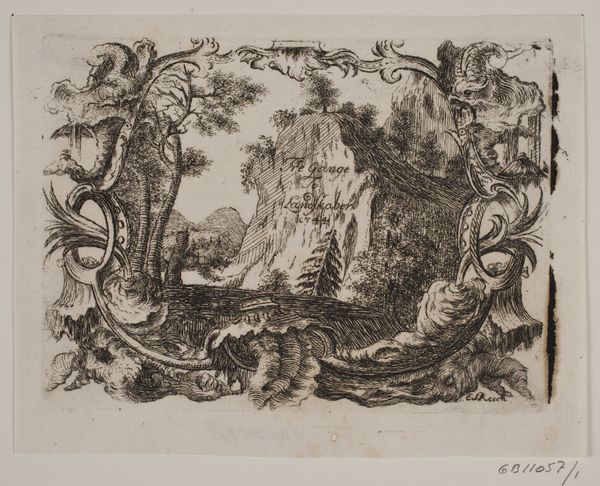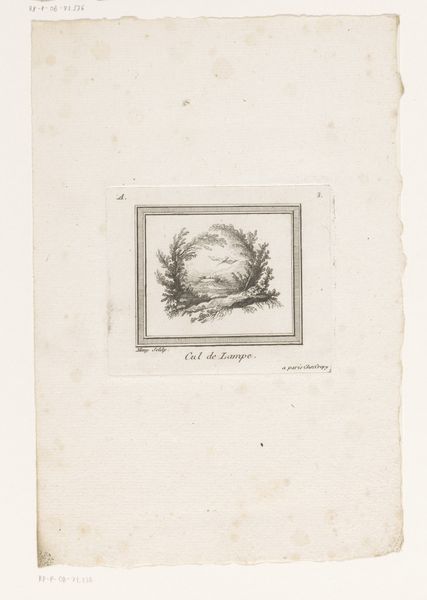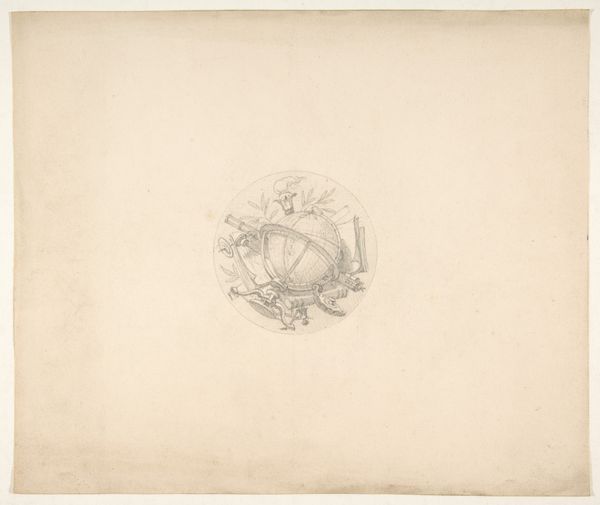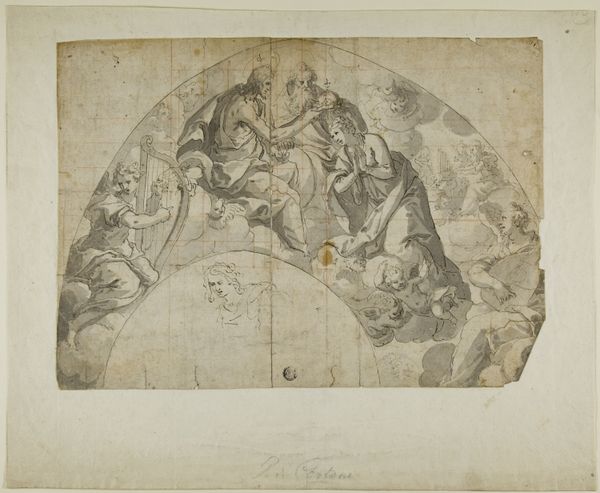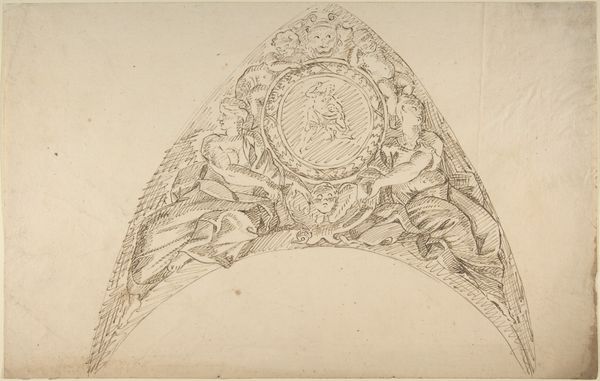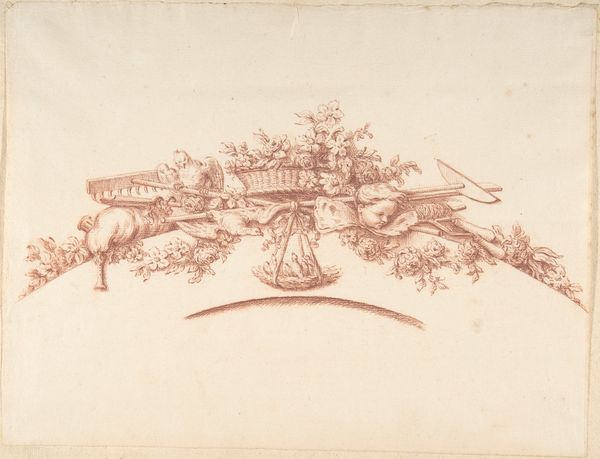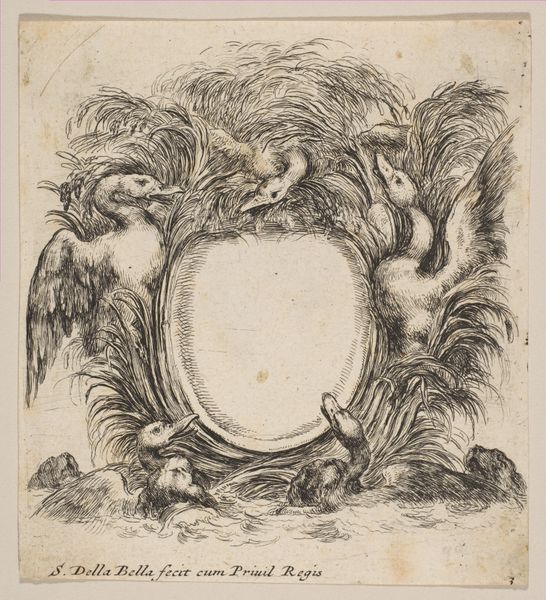
Preparatory Study for Plate 34 in "Maisons de plaisance" Vol. II 1715 - 1774
0:00
0:00
drawing, print
#
drawing
#
baroque
# print
#
academic-art
Dimensions: 6 13/16 x 9 7/8 in. (17.3 x 25.1 cm)
Copyright: Public Domain
Curator: Immediately, I’m struck by the elegant composition—so light, airy, and ornate. It has such a poised, almost performative feel to it. Editor: Indeed. This is "Preparatory Study for Plate 34 in 'Maisons de plaisance' Vol. II" by Jacques François Blondel. Dating from between 1715 and 1774, this drawing, in red chalk and ink, offers a glimpse into the design aesthetics of the Baroque period, held now in the collection of the Metropolitan Museum. Curator: Baroque design! Well, there it is, it clearly celebrates excess and theatricality. The allegorical figures, the drapery, even the cherub poised atop the cartouche feels inherently tied to its cultural moment. It begs the question, though—who were these "Maisons de plaisance" meant for? Editor: Blondel was very influential in codifying French architectural style. His treatise on architecture and his work as an educator significantly shaped architectural trends in France and beyond, particularly concerning bourgeois domestic architecture and town planning. So this was not architecture for the aristocracy but rather the up and coming professional class. Curator: That’s fascinating! This study seems to reflect that ambition, almost communicating aspirations. With this elaborate central cartouche flanked by these figures, there's a narrative of progress—intellect with the scholar to the right, perhaps—and the celebration of artistic and intellectual endeavors signaled by the figure blowing the horn on the left. Do you see that potentially challenging social hierarchies? Editor: To a certain degree, absolutely. Architecture has always been tied to socio-political change. Blondel provided the rising bourgeoisie a visual language to express themselves in public life, helping them create identities through domestic structures, which certainly has wider repercussions. Curator: Looking at it now through that lens, I appreciate how an image intended as a preparatory study encapsulates those emerging social and cultural currents. It isn’t just ornamentation; it is actively involved in communicating status and social ideals. Editor: Exactly. Blondel's contribution was in framing and formalizing these ideals through his influential publications and teaching. The Met is so fortunate to have these works for the public to view today.
Comments
No comments
Be the first to comment and join the conversation on the ultimate creative platform.
